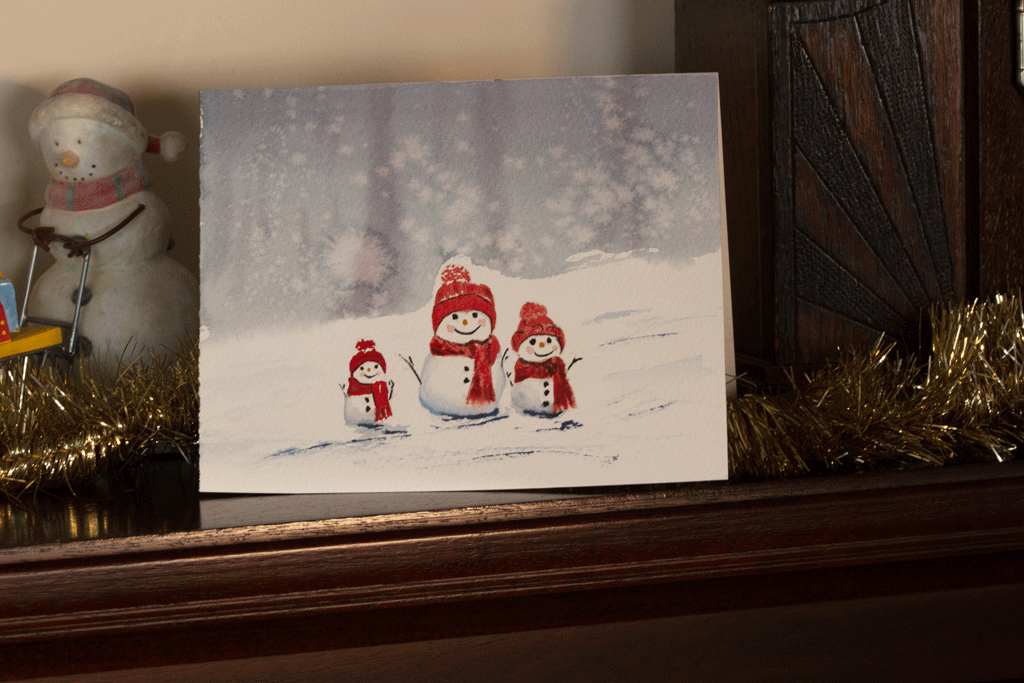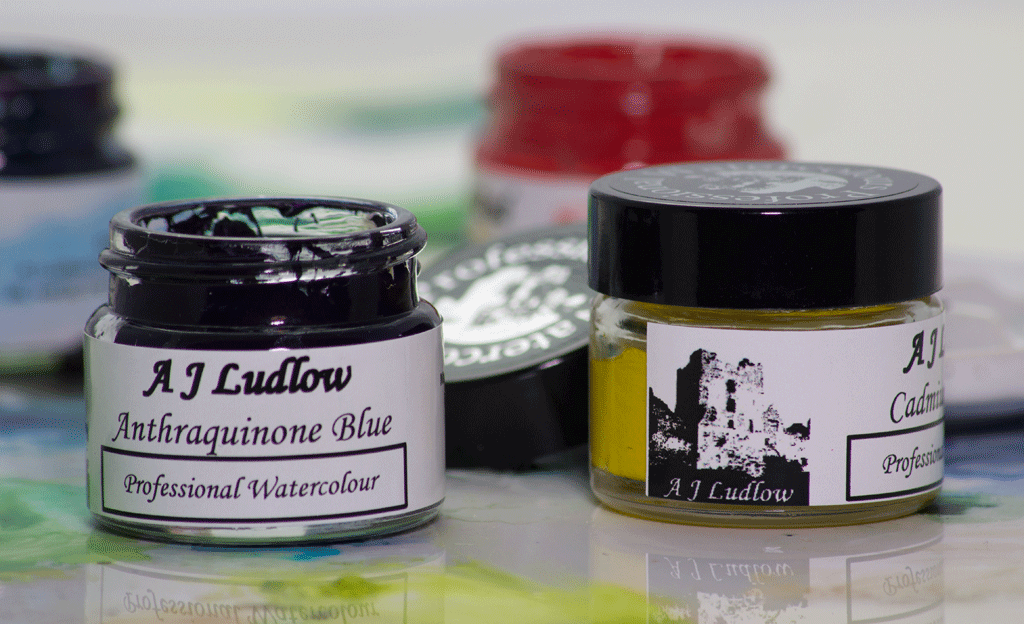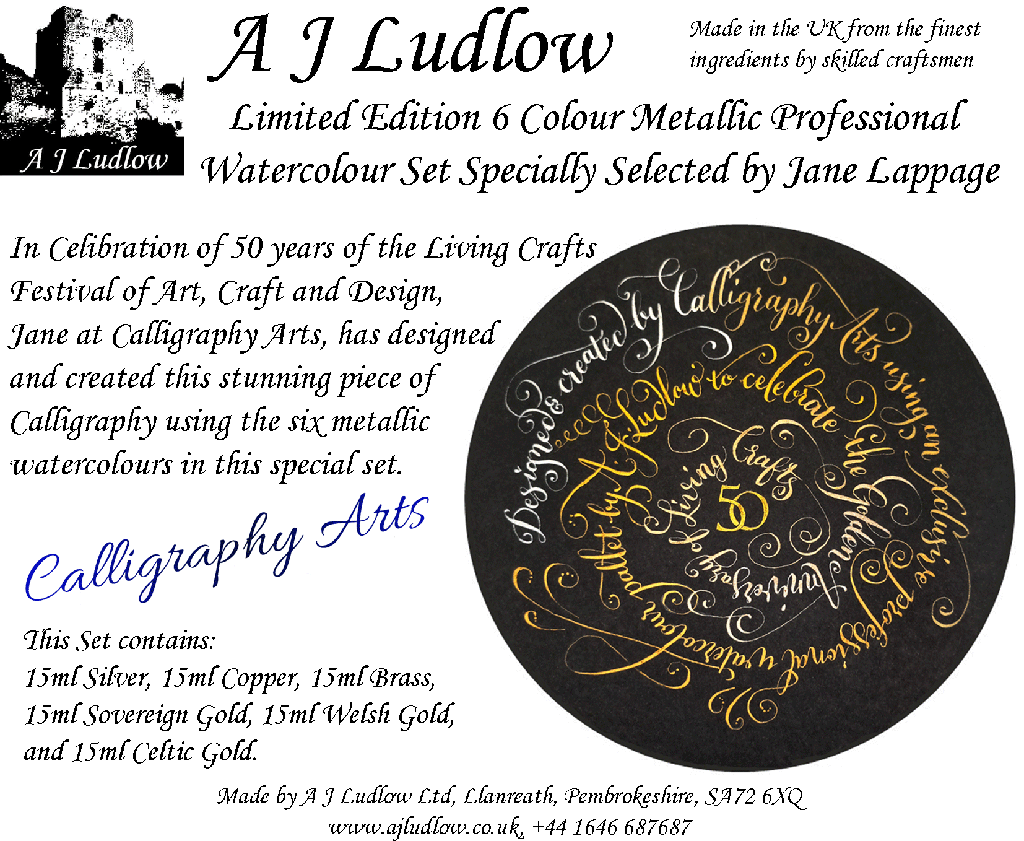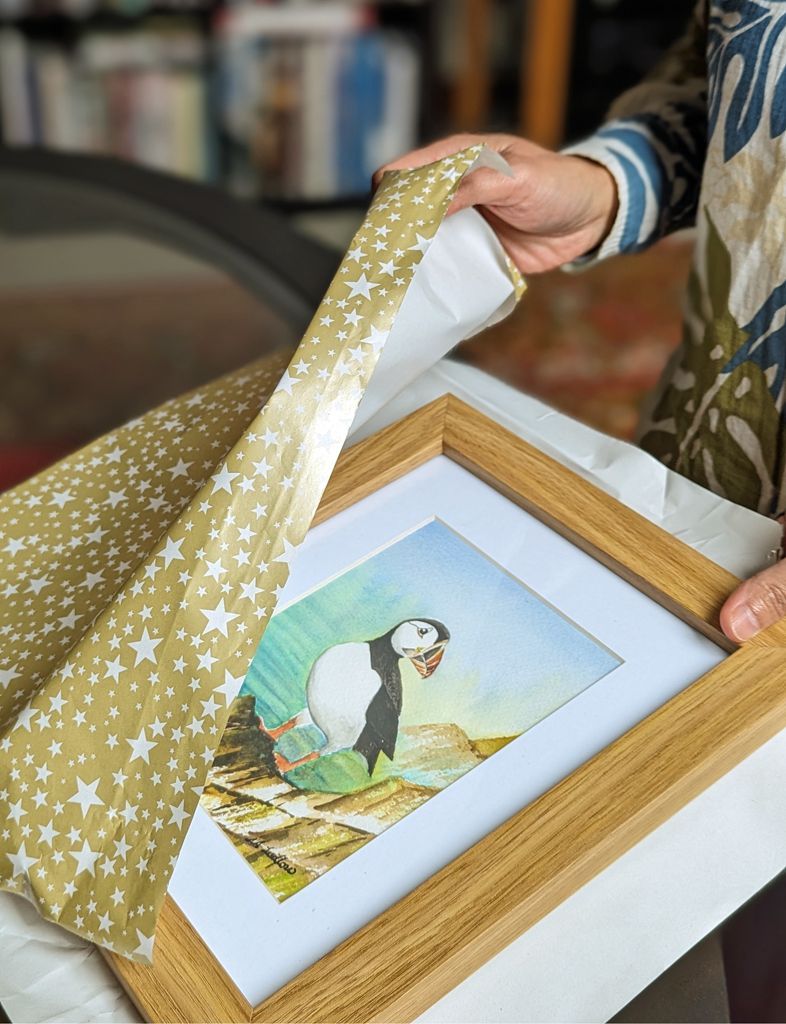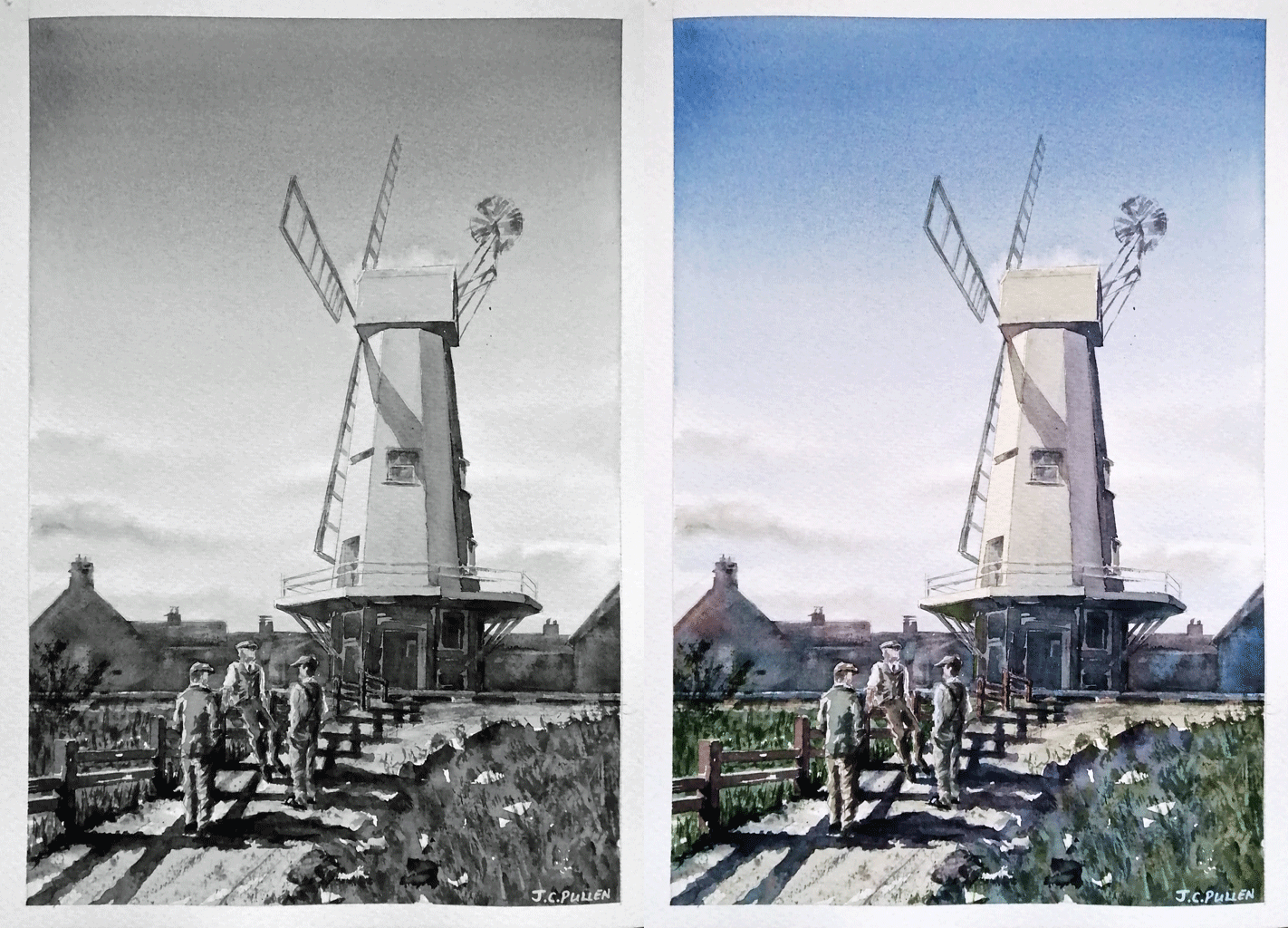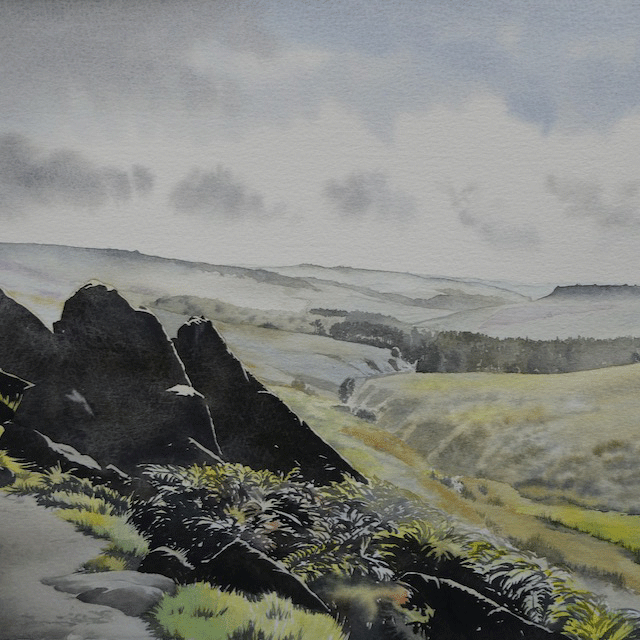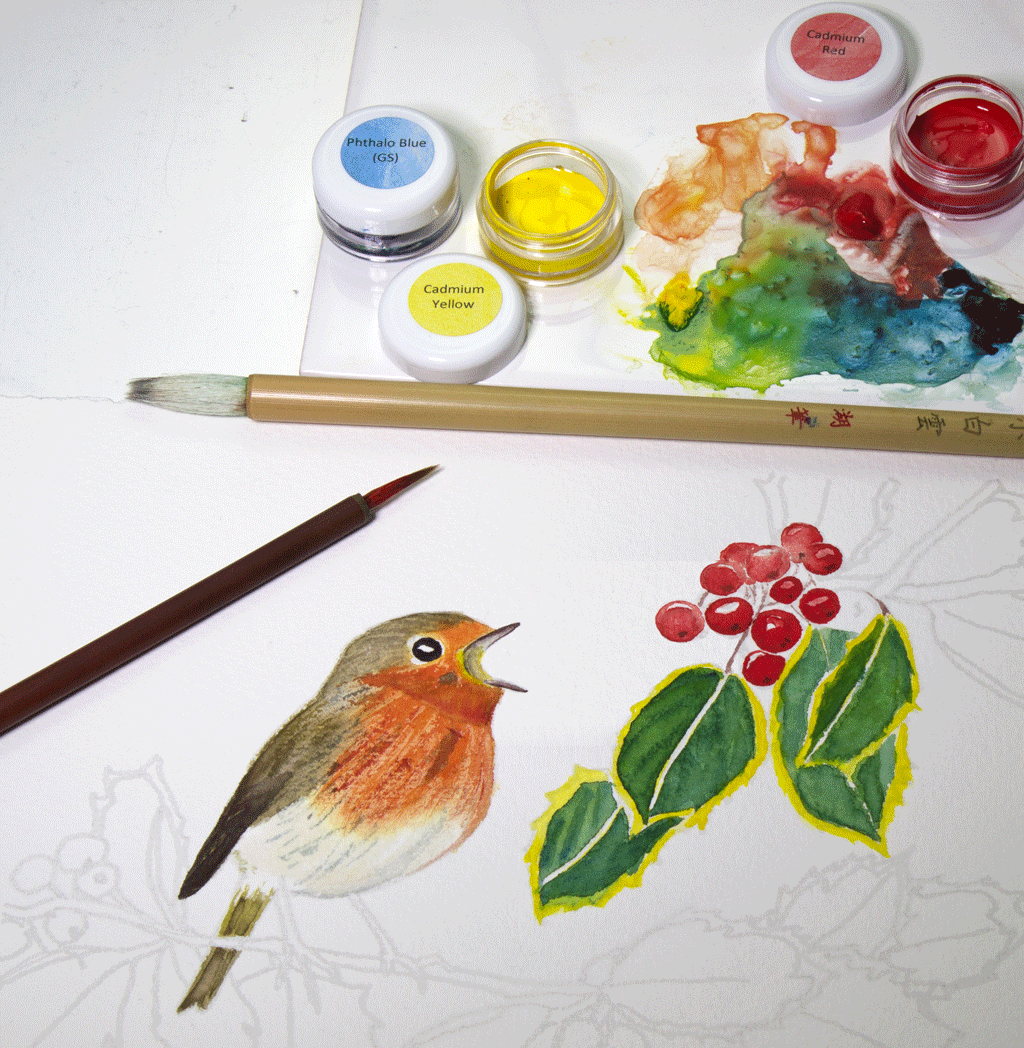ARTicles
Two Years of the Tiger and the Paintings they have inspired
Reminiscence of visiting China in the Tiger year of 1998 and 2010 and the paintings that followed.

Figure 1: Photos from visits to China made in the Year of the Tiger, 1998.
I first visited China in September 1998, while I was working for ColArt Fine Art and Graphics. The Company had just begun its joint venture with an artist paints manufacturer in Tianjin and I was visiting as head of the technical team, tasked to transfer technology and bringing our Chinese partner into the ColArt organisation. It was the start of a long association with the country and its people, which still continues to this day.
During that first visit, I was taken to Beijing and visited all the most popular tourist places including Tiananmen Square (天安门), the Forbidden City (紫禁城), the Temple of Heaven (天坛), the Summer Palace (颐和园) and the Great Wall (万里长城).
My trip to the Summer Palace was during the October National holiday weekend and the weather was bright and warm. The Summer Palace was an Imperial Garden during the Qing dynasty, which covers an area of 1.1 square miles. It is a vast collection of lakes (three-quarters of the area is water), gardens and palaces on the outskirts of Beijing. Today it is an UNESCO World Heritage site and is declared "a masterpiece of Chinese landscape garden design. The natural landscape of hills and open water is combined with artificial features such as pavilions, halls, palaces, temples and bridges to form a harmonious ensemble of outstanding aesthetic value" (Wikipedia – Summer Palace).
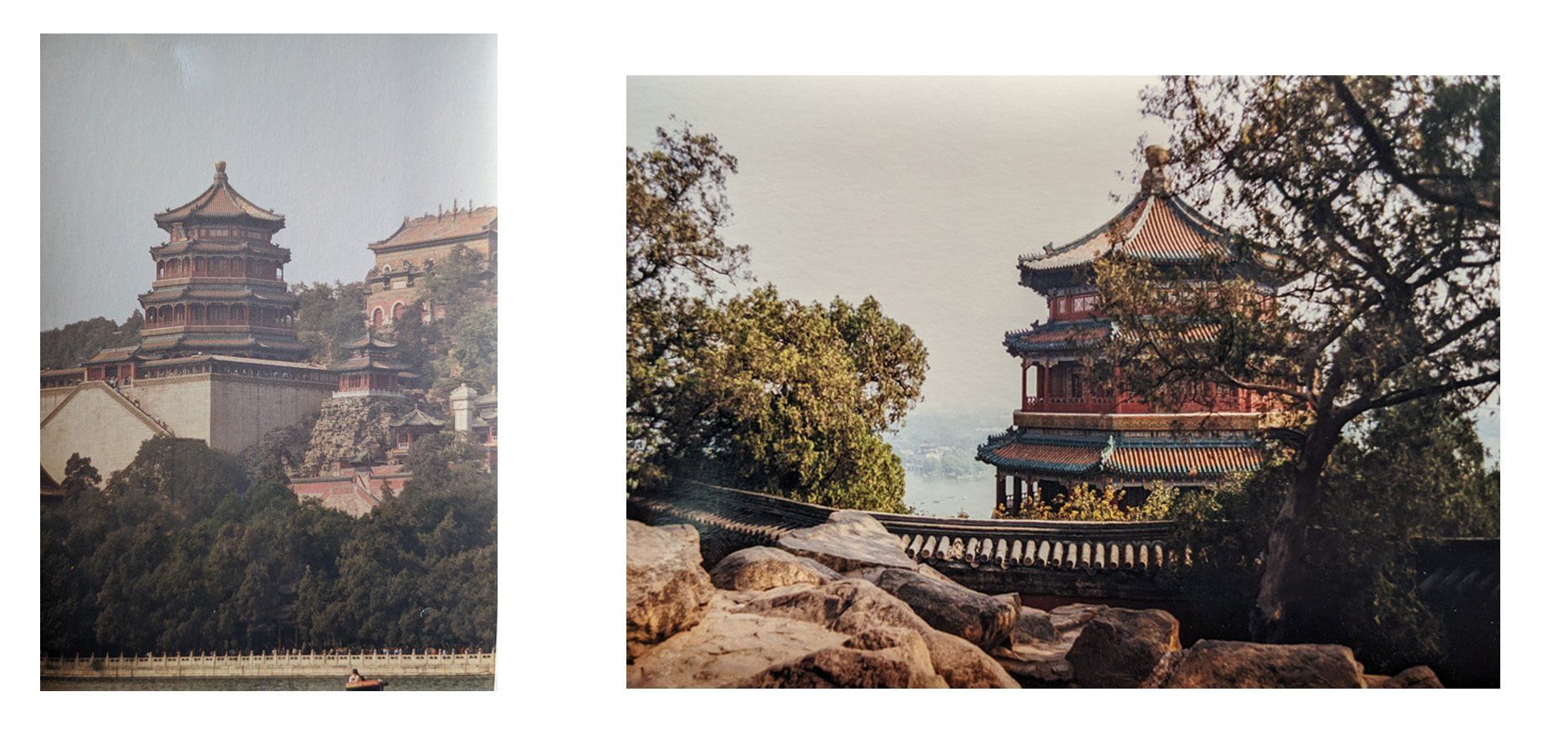
Figure 2: Tower of Buddhist Incense (佛香阁) on Longevity Hill (万寿山).
The pagoda, which could be seen from the lake, became the focus of a watercolour painting on my return home. I painted the “View of the Summer Palace” with Winsor & Newton’s Artists’ watercolours on their branded watercolour paper (see figure 3). It was before I made my own watercolour and being the Research and Development Manager for the company which owned the W&N brand, obviously had it perks. The painting was quite detailed and was completed in early 1999. It is one of my favourite paintings and hangs, pride of place on the wall above my desk in my office.

Figure 3: “View of the Summer Palace”, a watercolour painting by Andrew Ludlow (25cm x 20cm).
I returned to Beijing in December 1998 and visited the Forbidden City again. The inspiration for my second painting (which is more of a sketch), was during this visit. The Forbidden City, was once the Imperial Palace and winter residence of the Emperor of China from the Ming to the end of the Qing dynasty (between 1420 and 1924). Not only was it the home of Chinese emperors and their households, but was the ceremonial and political centre of the Chinese government for over 500 years (Wikipedia – Forbidden City). It is a vast complex of wooden structures and stone balustrades, which in my painting (figure 4), I have tried to capture the intense cold I felt on that sunny winter’s day in December 1998.
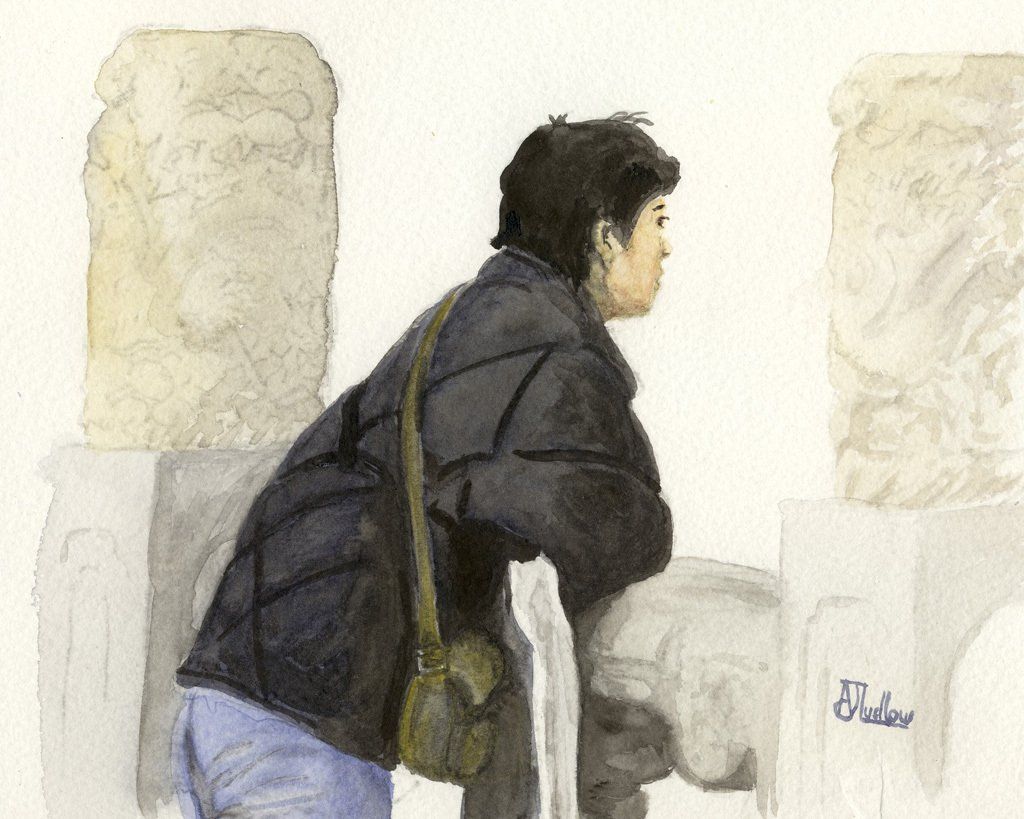
Figure 4: “Taking in the Forbidden City”, a watercolour painting by Andrew Ludlow (22cm x 18cm).
The subject of my painting is Meiru, gazing out over a stone balcony at only a small part of the vast 720,000 square metres that make up the Palace Museum. Again, this painting was finished in early 1999, painted with Winsor & Newton’s Artists’ watercolours on their branded watercolour paper.
Since then, I have been to China many times, on business and on holiday. In 2010, the following Tiger Year, I was working with a company in Jiangsu province and was fortunate to visit a number of tourist attractions including Hua Guo Mountain (which is known as the birthplace of the Monkey King, Sun Wukong), Nanjing, a beautiful Restaurant in Shuyang. We also had a lovely family holiday in Guilin.

Figure 5: Photos from visits to China made in the Year of the Tiger, 2010.
From my visits I painted two subjects, the first completed in September 2010 was the oil painting “Li River, Guilin” (see figure 6). It was an unseasonal dull and misty day (for the month of May) when we went on a boat trip along the Li River (漓江), which suited the dramatic terrain of limestone hills, giving the landscape a sense of the mysterious. My art is not restricted to just watercolours and felt that oil on a large stretched and primed canvas would do the subject justice. I applied the oil thickly, using a palette knife, so that the painting itself has texture and a 3D effect. I used mainly Winsor & Newton Artist oils, with a few colours from my friend, Michael Harding.

Figure 6: “Li River, Guilin”, an oil painting by Andrew Ludlow (100cm x 40cm).
The second painting is a true watercolour painted with my own colours. The subject was a fisherman in his boat on a river near Shuyang, Jiangsu province (figure 7). Although the subject image dates from 2010, the painting was completed in 2019 on Langton CP paper. The original photograph was taken in a industrial area (as can be seen in figure 5), I chose to focus only on the boatman and his boat and used an illustrative style to create a hint of the river, which I think really works.



